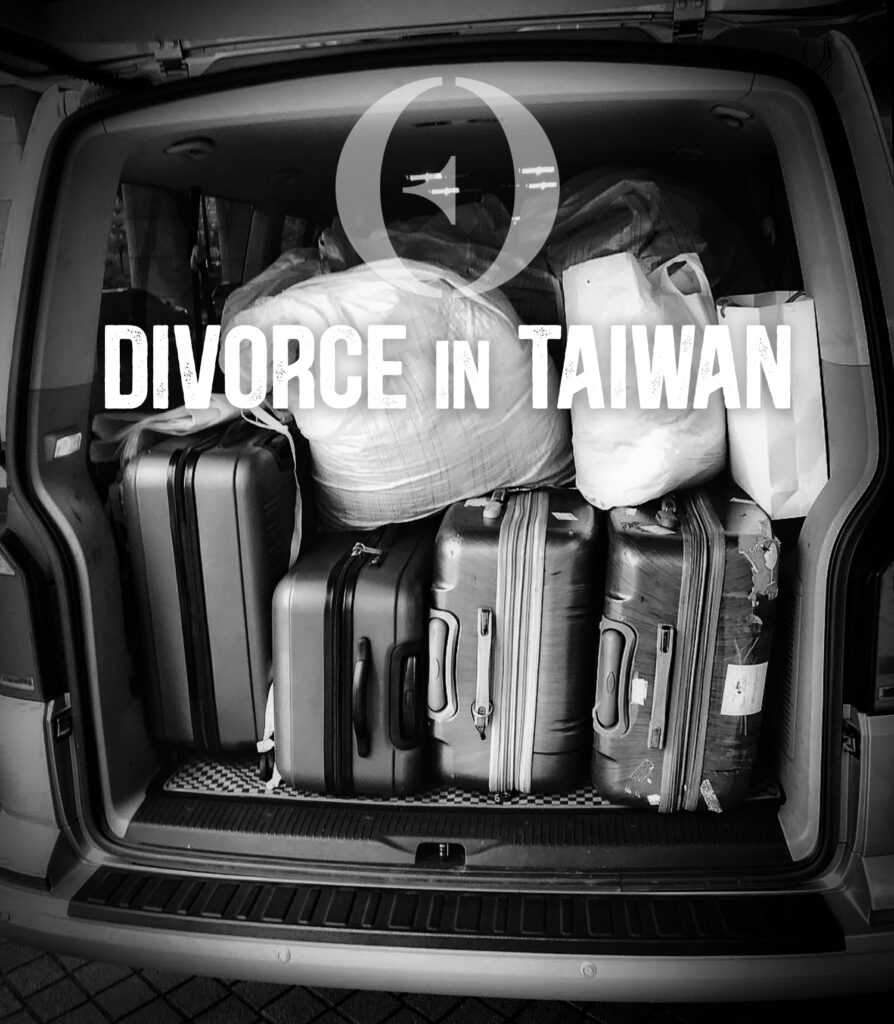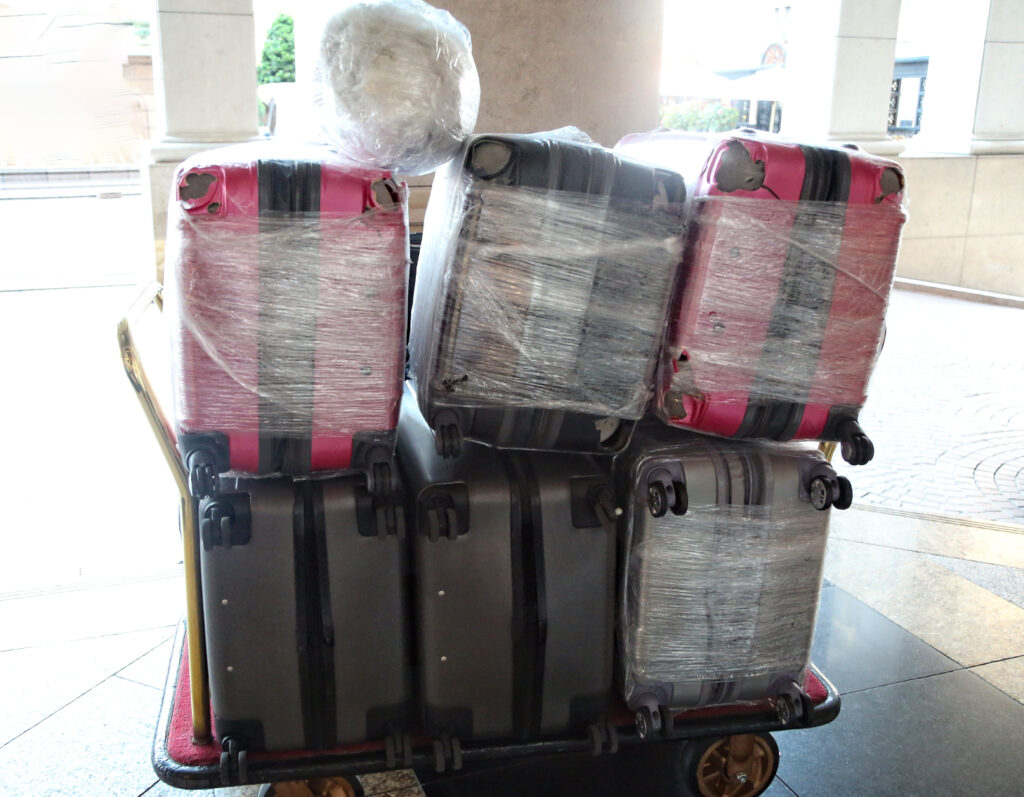The Oud Journey
Divorce in Taiwan
For the last few years, we’ve tried to be upbeat and send out good vibes. To not ruffle many feathers, as we are sometimes accused of doing.
But the truth is that the story of oud has always been a tragedy. A sad story in which chapter after chapter takes you only one step further towards the inevitable. As a famous Chinese oud family told us last week during our trip across the Far East, “Agarwood is now very much a dying trade”.
One by one we met our old colleagues and one by one we listened to news of oud’s demise and of their exit plans.
Of course, this is not news. It’s the same tragedy anyone who has been around for a while is familiar with, only the outcome you know lies ahead now intensifies by the day.
But there’s also a shadow that’s lurking over everything which few will tell you about. Details that go against a ‘good-vibes’ policy.
EXIT PLAN
Watching what former colleagues who dedicated their lives to agarwood do as they move out of this strange world has been quite eye-opening; to see the reality many only appreciate theoretically play out in front of your eyes.
That selling fish maw has become more sensible than funding a new oud exploration. How veteran oud hunters who were born and raised in Maluku tell you that you’re the only person in the world who has red Almahera agarwood.
That different dealers from Taiwan sell people the same force-aged Trat oil, only they call it Malinau. Same in China, except they do it with mass-market plantation Hainan and skinned Vietnam trees.
You see this breed of oud pop up wherever you go. The same DNA is being sold from every corner.
On the wood front, nobody is selling anything new. Wood dealers are stuck in a spiral of recycling. Nobody is funding new hunting trips or fighting to get first dibs on a new jungle’s treasure. Instead, the biggest brokers are flipping through their little red books to track down old contacts and seek out collections from yesteryear.
PLANTATION SIFU
These currents of change have affected our work and friendships, too.
In 2018, we had to stand and look on as a colleague in Taiwan had trucks loaded with sacks of cultivated wood pull up. Plantation Guangdong and Hainan and who knows what else. Stacks of bags of cheap mixes of mass industry plantation materials.
The day prior you’d just delivered suitcases of your own batches of Cambodian and Vietnamese wild dust, which you’d jumped through a million hoops to source and marathoned through multiple borders and customs checkpoints, safeguarding it like you would your own newborn, the separation anxiety of conventional cargo too terrifying to think about.
As the distiller had inspected the dust with a magnifying lens, he’d said: “This is the best wood that has ever passed through my doors.”
But you get it, and try to give them the benefit of the doubt. Their pots have to keep cooking, and they have to keep selling. They’d run out of wild stock through no fault of their own, just like pretty much everybody, and so they’d started cooking what was available on the market.
CHEAP FARM SUPER GRADE?
There are some people you just kinda grow apart from. Some that are no longer on the oud scene, either because they saw what was coming years ago and diversified in time, like the Sultani distiller who went into food and bev in the early 2000s when sinking-grade wood was simply not feasible to distill anymore, or because their plan B needed to be built slowly and robustly, like the ever industrious Mr. Ah Seng who was investing in shopping malls in Batam even as he cleaned out pretty much all of New Guinea.
Then there are those you are forced to part ways with.
There’s nothing wrong with distilling cultivated agarwood. Power to you if you do. Better still if you do it well and encourage natural, organic cultivation.
But imagine if one fine sunny day, I decided to start charging $1,500 for Oud Yusuf…
How would you feel if, instead of $250 or $350, the next Satori release were to cost you $1,350?
I’ve said Aroha Kyaku is an expensive smell – but to own a bottle was never expensive.
There are a few reasons the folks in Taiwan could, like many do, sell cheap cultivated oud as quality wild and get away with it.
One reason is that not every nose is experienced enough to know what’s going on. A more sinister reason is that, because of pot conditioning, or a distiller’s signature smell (which can be detected in wild and farmed oils), you can tell someone that such and such an oud is basically just like another one.
We’ve heard this to death over the years, and you’ve probably heard it too. How a certain oud smells ‘just like Purple Kinam’ or just like Nha Trang or Oud Royale – and how, lo and behold, the guy making the claim can sell you that oud for half the price.
Of course, all the theatrics and bold claims fly out the window once you actually smell those ouds marketed on the backs of the Legends. And you’re left to wonder how anyone can be duped like that. Worse, how the people selling the stuff can stoop so low.
There’s a reason Borneo 4000 will not be the same price as Bois de Borneo, even though they both have similar DNA.
So too, old-stock Hainan or Nha Trang distillations only similarity to modern-day plantation brews is the shared terroir. Running both materials through the same distillation unit would blur a few lines. The grade difference, though, is as clear to a connoisseur as wagyu to shawerma.
THE DIVORCE
Forget why and how you could get away with this kind of practice.
Why are we even talking about this? Why do we constantly have to be on the lookout for shady dealers? Why are there entire online discussion boards warning oud lovers of certain companies and advising you to stay clear of certain people? Why do people lose big money on fake oud or pay big money and never even receive what they paid for?
I don’t know why someone would market a product as something it’s not, yet that’s basically the norm in the oud world.
So, when there’s a sudden flourishing of ‘Taiwanese’ kyara oud right at the same time there’s an outpouring of mass-produced Chinese and Vietnamese oud alongside an in-pouring of cheap farmed shavings from the same places, a massive red flag should go up. When you see truckload upon truckload of the stuff show up at the distillery day in day out with your own eyes, it’s game-over.
That’s why we broke ties with our Taiwanese colleague. It took Herculean efforts to get our true wild harvests to him over the years, and the family has always been hospitable. We never saw it coming.
I visited my kyara sifu (who also knows our former colleague) last week and asked if he knows what our friend has been up to, and sadly it was the same story. As far as he knows, our former colleague’s sons have taken over and are distilling cheap plantation wood imported by the boatload, producing liters upon liters of the stuff and then retailing those oils for the price of premium wild ouds.
“Maybe that’s why Mr. Swimming also doesn’t get along with the sons anymore…”
Large areas where kids used to play are now covered in cheap shavings spread out and left to dry. The trucks from Guangdong, Laos, and Vietnam continue their weekly drop-offs of two-year-old sapling dust, which gets distilled by the ton and then marketed as artisanal kyara distillations. If you had the same amount of actual wild agarwood, you’d have me and every other distiller knocking at your door begging for a piece of the action.
NO JOY
Oud is a journey, and having accurate signposts along the way makes the journey both more enjoyable and richly rewarding.
Messed-up benchmarks and signs that throw you off-track don’t serve you. And cost you money and precious time.
For each plantation Trat you’ve downloaded under ‘wild Malinau’ on your olfactive hard drive, there’s that much more un-learning and detox that needs to take place before you can actually start the learning process and re-embark on your journey of discovery.
As for distillers who conduct themselves this way, those who graffiti the signs and put up fake ones, all we can do is disassociate ourselves from them and send out a gentle reminder to those fortunate enough to venture into this amazing world that the oud ocean sometimes makes for treacherous waters.
By all means, keep sailing – only beware the shark-infested waters.


